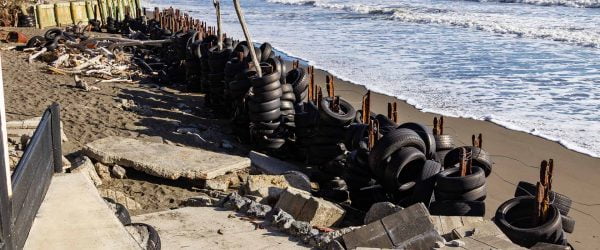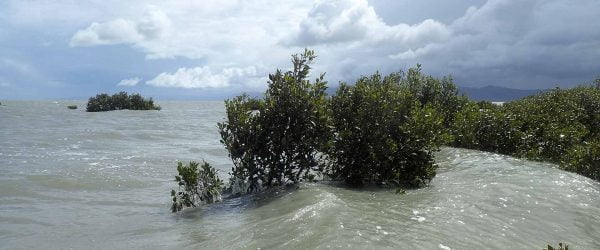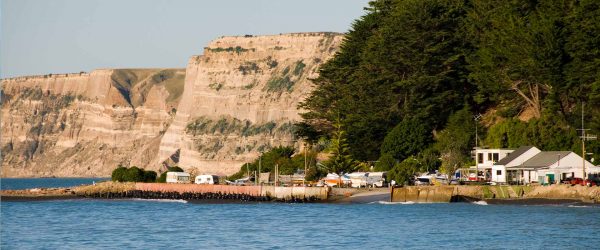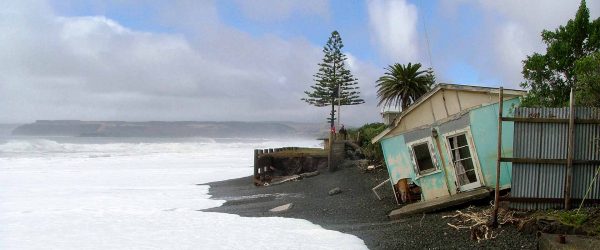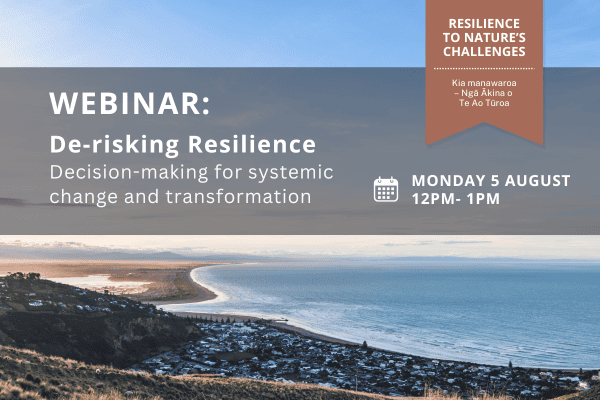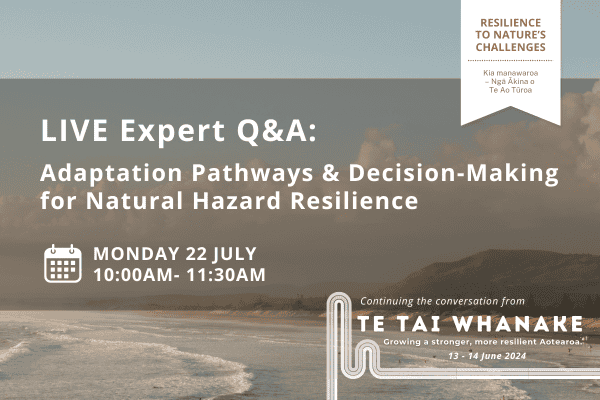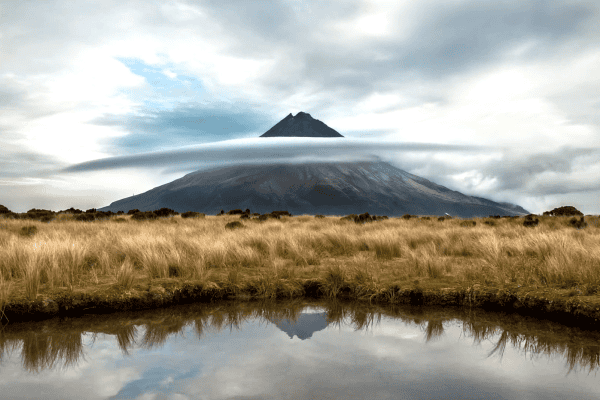Project Summary
The Living at the Edge programme centred on a key case study in Hawkes’s Bay, where councils, mana whenua and the local community were seeking to better understand coastal hazards risks and management options for the central part of the Hawke’s Bay coastline. The research team was a key partner in the project, assisting with a participatory approach that enabled communities to meaningfully engage, understand and contribute to the resolution of conflicts in high-risk locations, especially those exacerbated by changing climate, environment, socio-economic and land-development scenarios. The result was the Clifton to Tangoio Coastal Hazards Strategy 2120 which trials Dynamic Adaptive Pathways Planning (DAPP).
The research team guided planning and explored wider community understandings and experiences of hazards in the case study area, including characterisation of social and economic factors, and of the networks, values and attitudes that underpin community attachment and resilience. The team sought to develop a shared understanding and vision for future hazards by identifying whether, and to what extent, there will be intensification of risk to the community over time.
The team brought the strands of the Hawke’s Bay case study together by developing adaptive technical and planning pathways to build community resilience, and inform and advise future decision-making processes. The project trialed Dynamic Adaptive Pathways Planning (DAPP), an approach that enables short-term actions and long-term options to be developed that retain flexibility to change course depending on how fast sea-level rise advances. Different actions and options are tested against a range of sea-level rise and emissions reduction scenarios, and an adaptive plan developed with monitoring of warnings (signals), and pre-defined decision points (triggers) where the actions and options can be revisited, and the pathway changed depending on how the future evolves.
DAPP underpins the research in our Enabling Coastal Adaptation workstream, led by Dr Judy Lawrence of Te Herenga Waka Victoria University of Wellington. This work builds on learnings from the implementation of the Hawkes’s Bay trial.
Resources from this project
Rethinking Coastal Margins: the implementation of managed retreat options in New Zealand, the USA, Australia and the UK
Owen SD, Turner T, Ryan EJ, Kench PS. 2017. Rethinking coastal margins: the implementation of managed retreat options in New Zealand, the USA, Australia and…
A Decade of Dynamic Adaptive Decision-making tools in New Zealand – Practice applications, lessons learned and next steps
Summary of a symposium held in March 2023 to mark 10 years since New Zealand introduced dynamic adaptive pathways planning approaches for addressing climate change.
